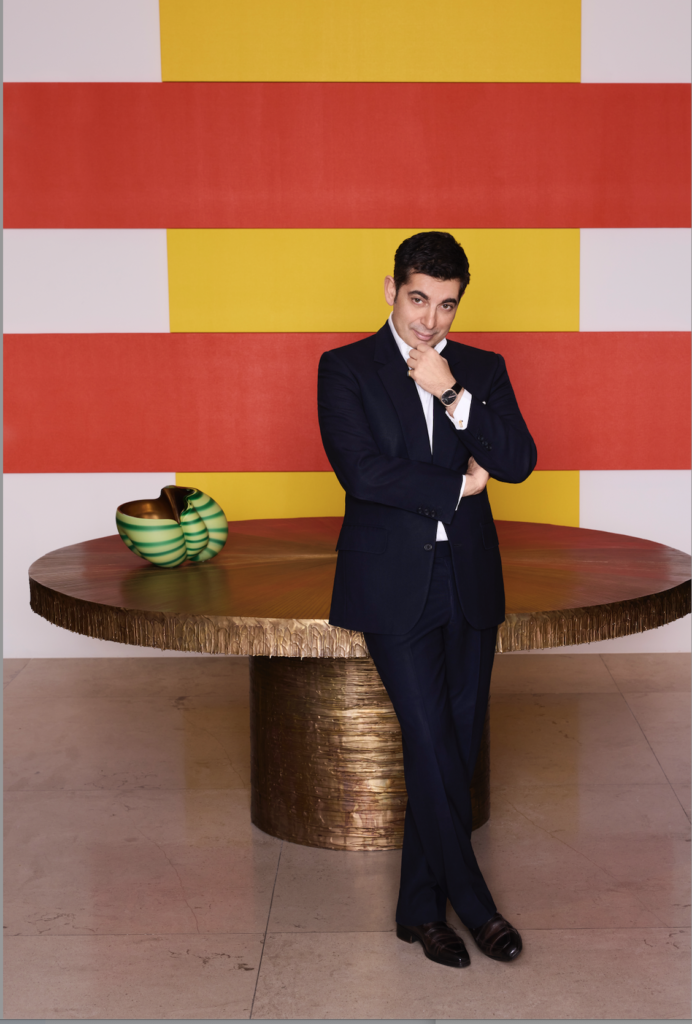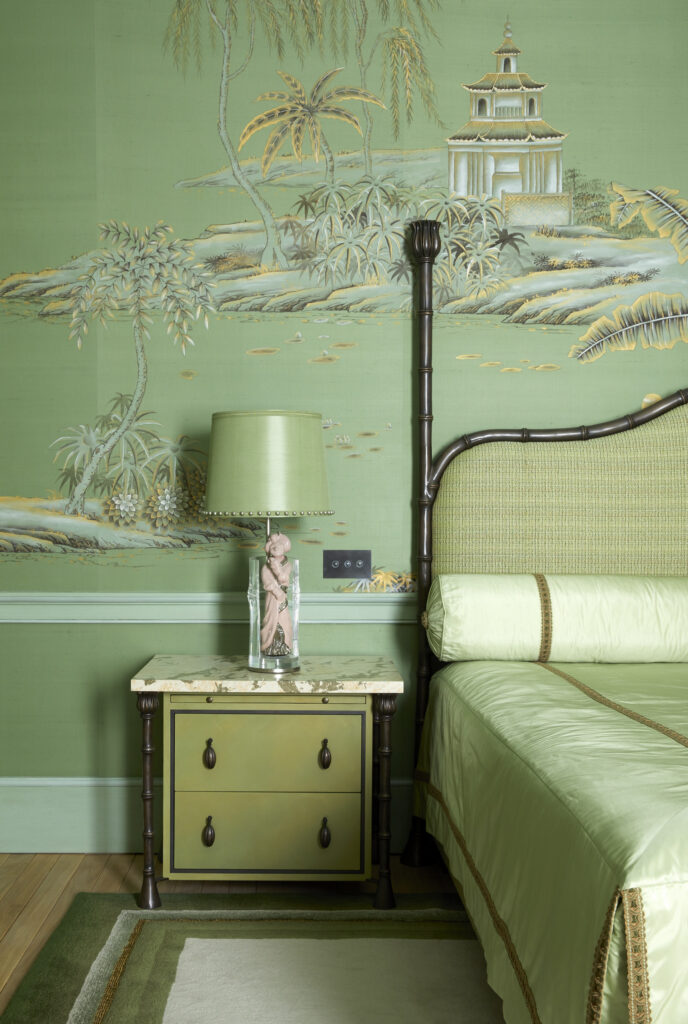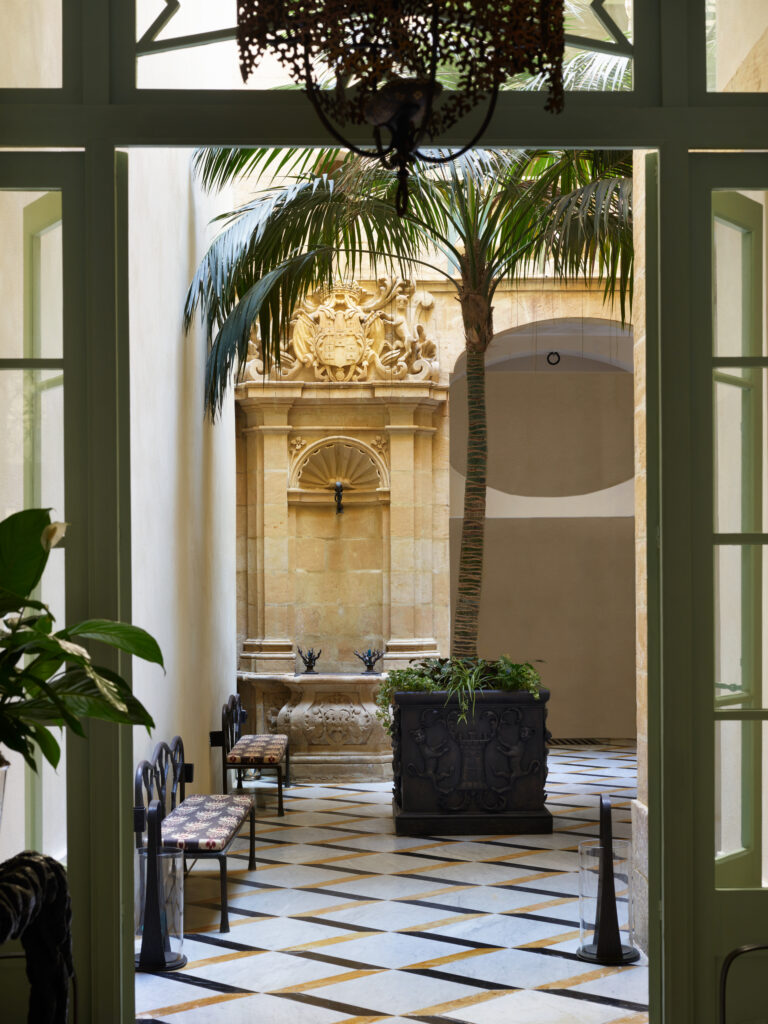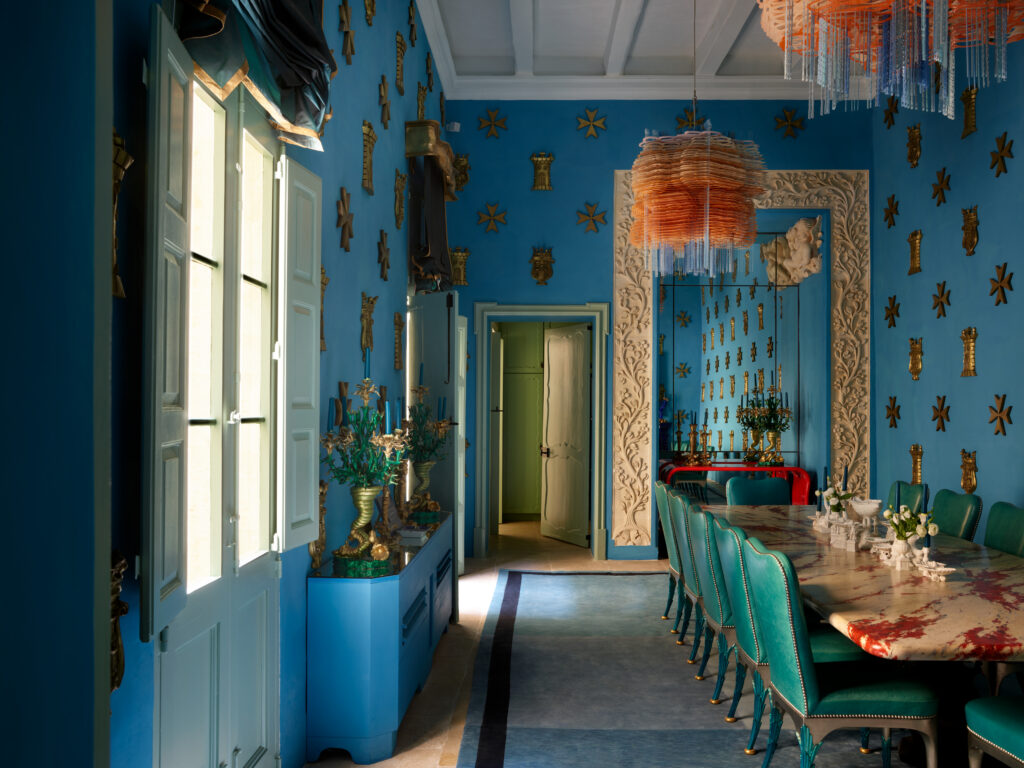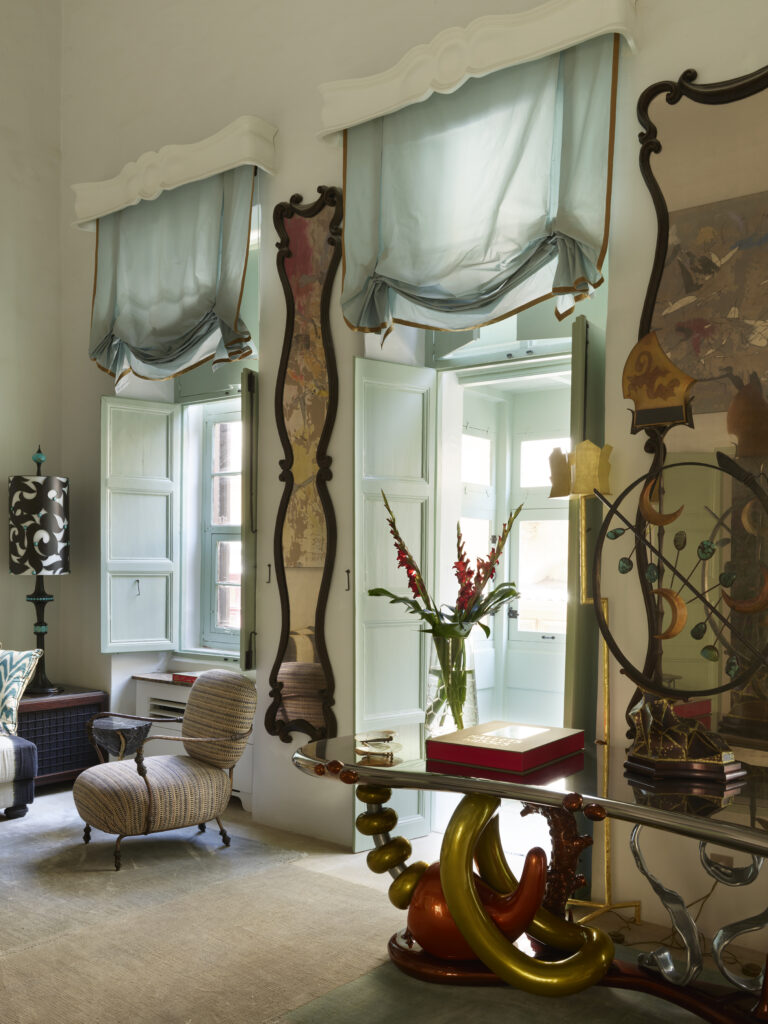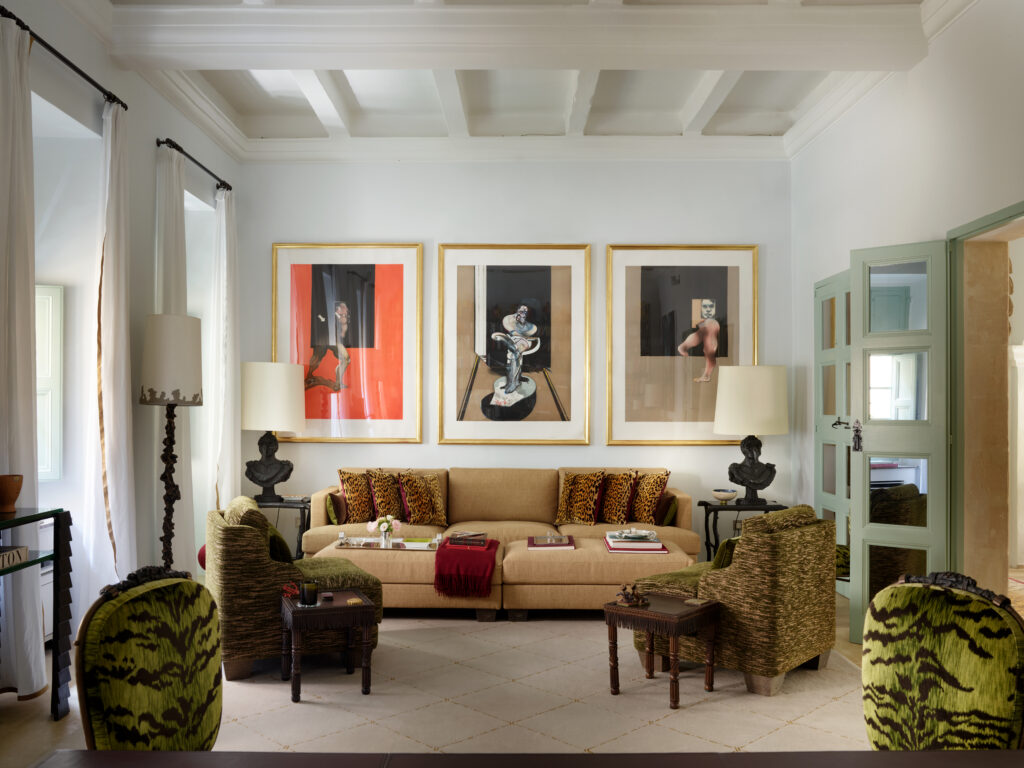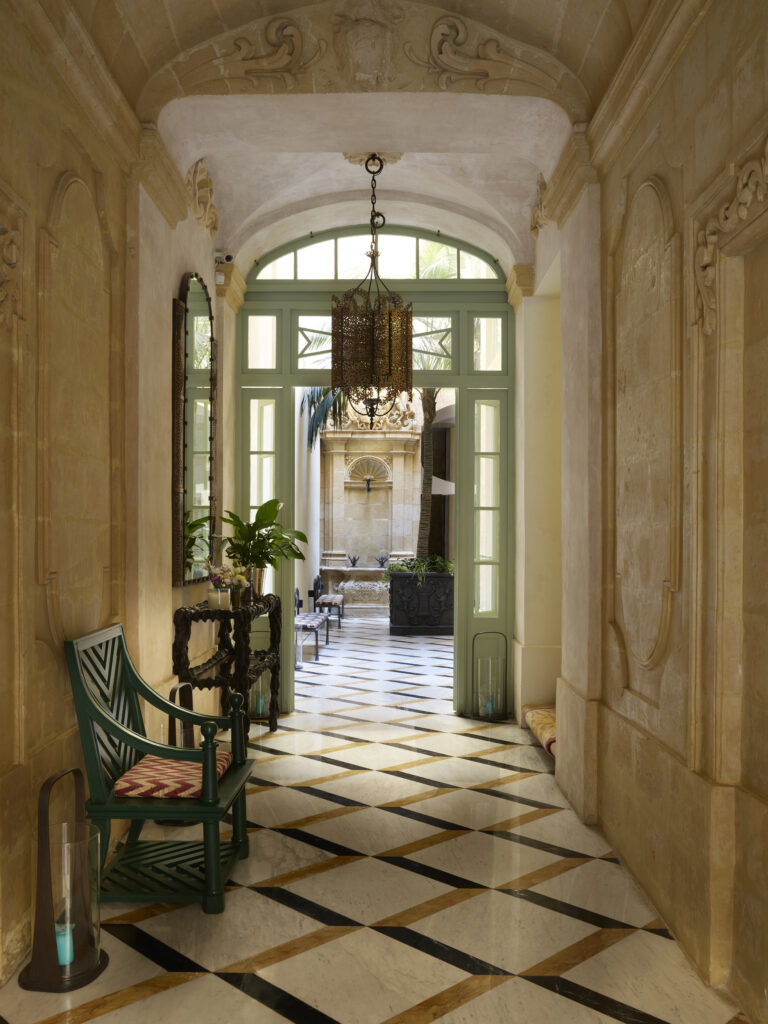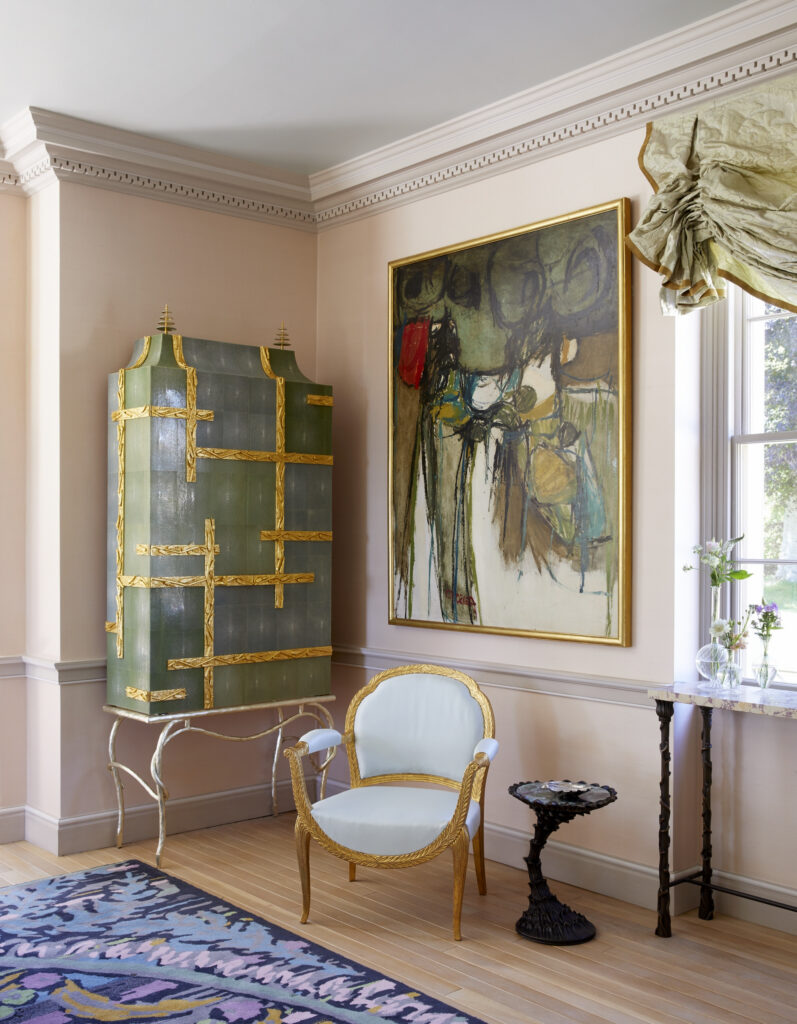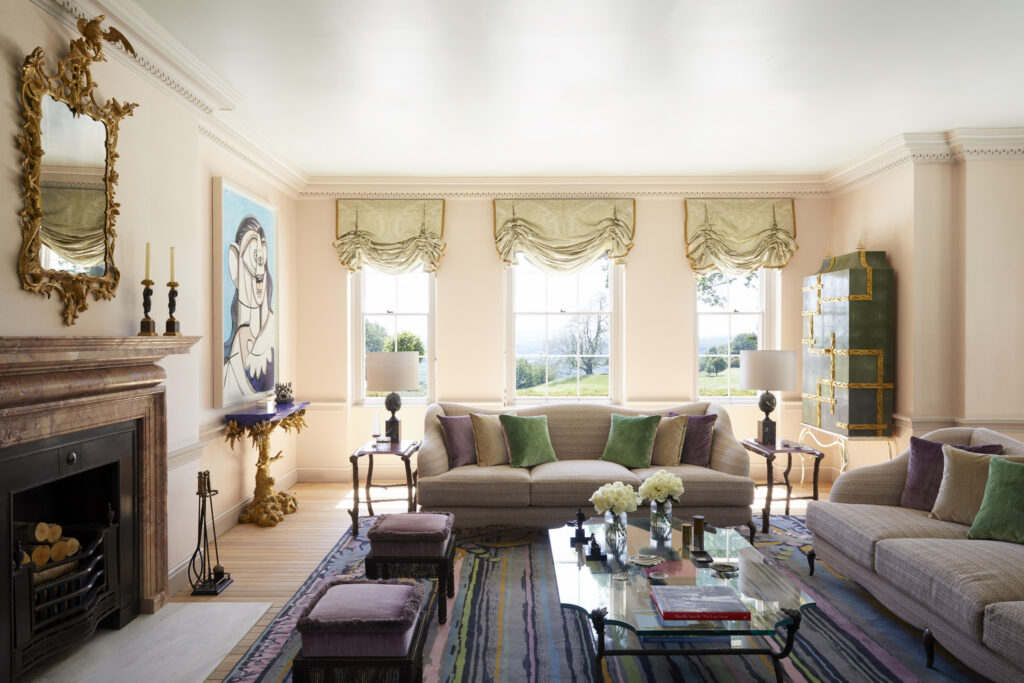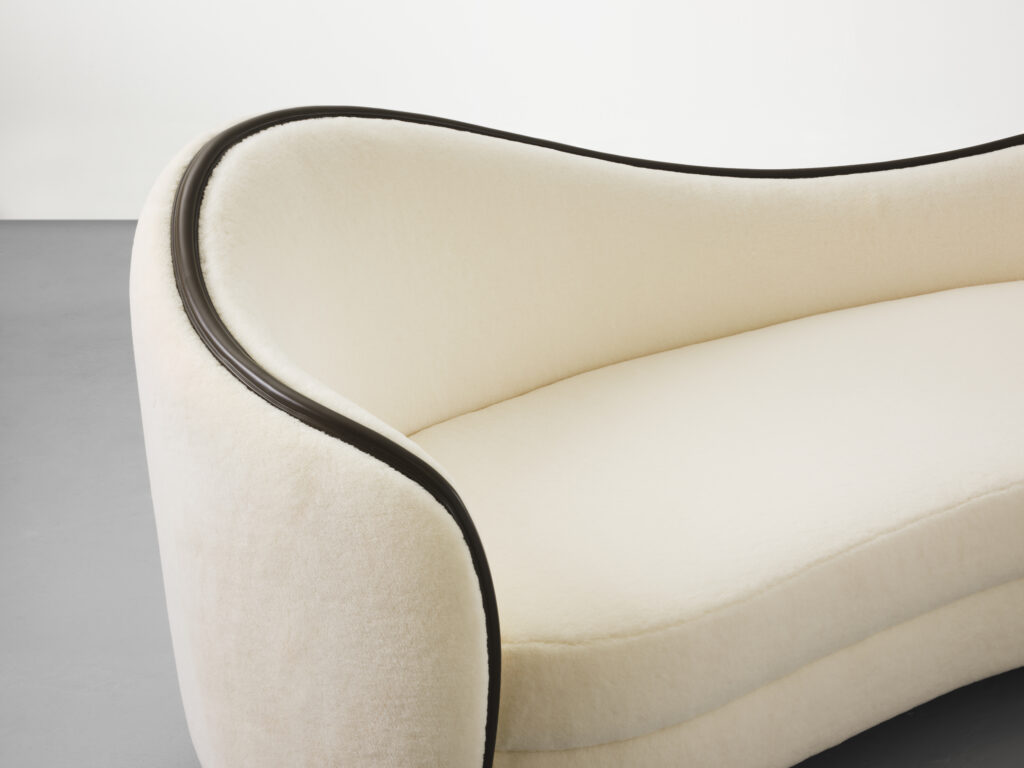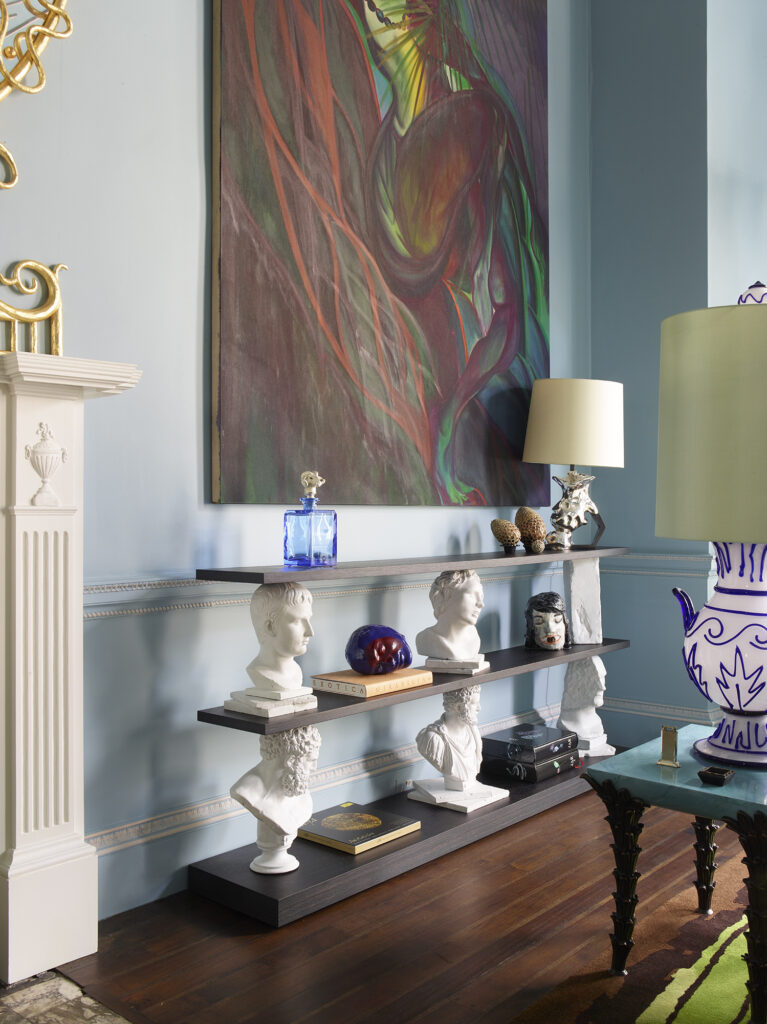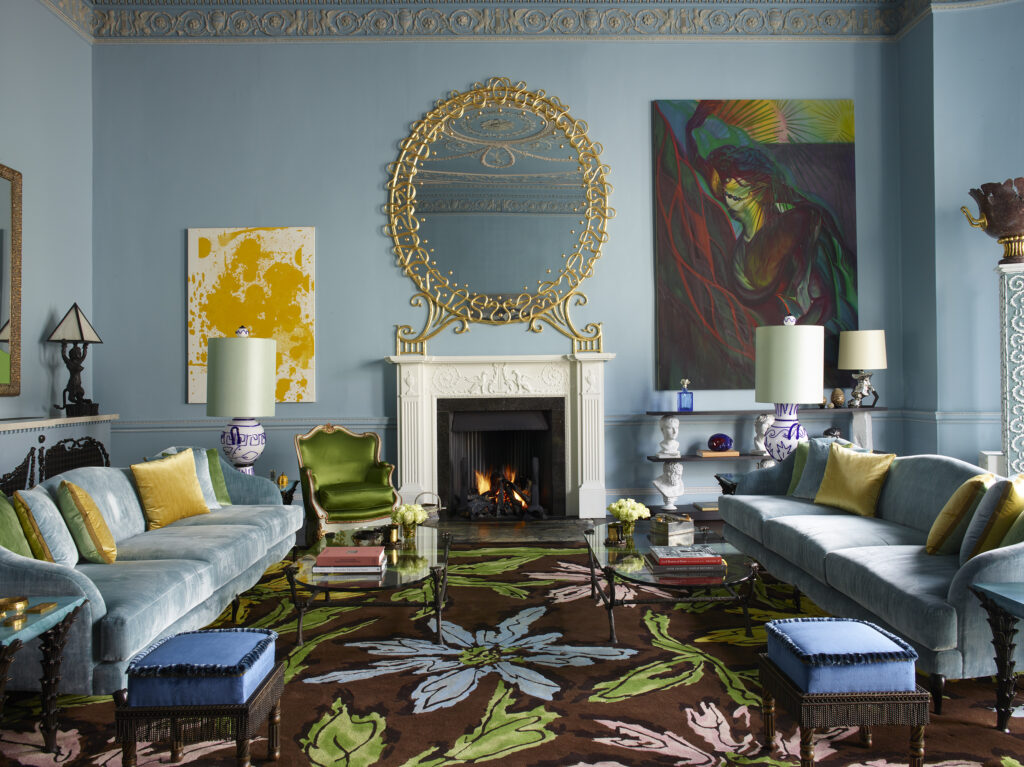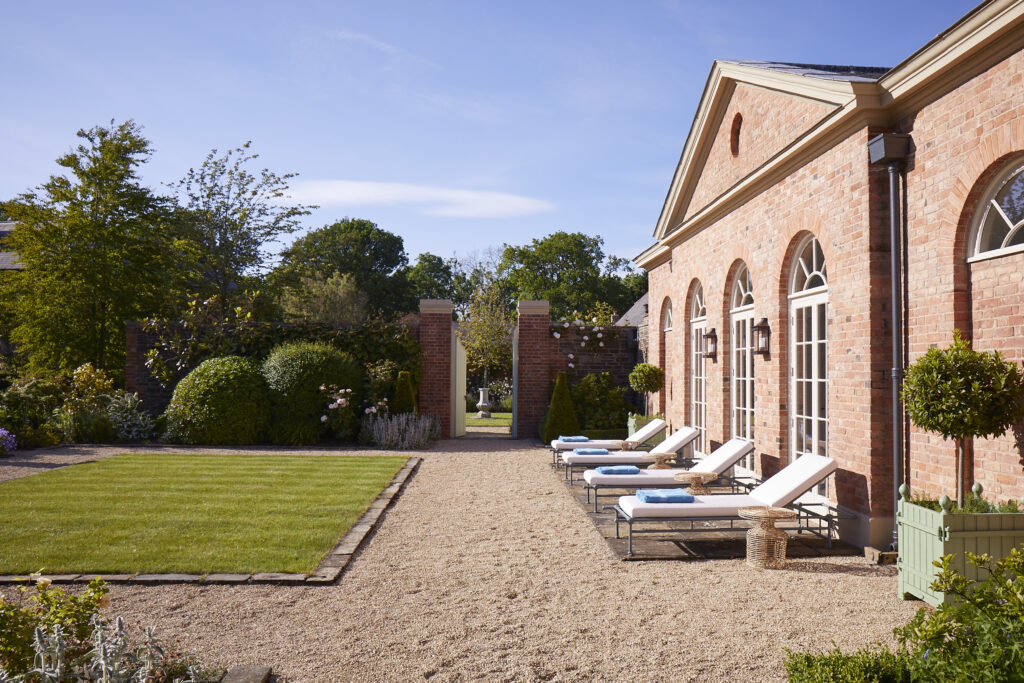
His trained eye and remarkable taste have been fashioned throughout his life, and his passion for contemporary design and his faith in its central role in the evolution of culture have become the foundation, the ‘energy’ of award-winning interior designer Francis Sultana. He calls himself an ‘artist’ because of the artistic endeavors embodied in his decorating approach and its creative process. Yet, to create such spaces, an exceptional scholarly knowledge of visual history is also essential. They are poetic and complex, lush and luxurious, intellectual and personal, surprising and fresh, bringing you into the heart of the contemporary interior. Whether in Manhattan, the South of France, England, Italy, or the Middle East, whether residential, commercial, or hospitality, Sultana’s interiors are always informed and filled with masterpieces of art and design. I hosted the London-based prolific designer in the spring edition of the series, Interior Design: Then and Now.
I have to admit that throughout this live conversation with the self-taught Sultana, I was constantly reminded of the diminishing relevance of interior design education today, as the skills he gloriously brings to his professional identity can neither be taught nor replicated. Embracing contemporary furniture as early as the 1990s had taught him to be fearless, which is the dominant energy at the core of his contribution to the story of the interior. It was during this time that unconventional and quirky pieces of furniture by the new generation of international players in the newly-emerged design-art world were first put on display at the pioneering galleries of David Gill and Galerie Neotu, including work by Garouste & Bonetti, Ron Arad, André Dubreuil, and Jaspar Morrison. It was a time, he says, when interior designers did not use many ‘design pieces,’ but primarily used antiques and decorative arts.
The turning point was when he met David Gill in 1991, the ultimate pioneer of contemporary design and the founder of Europe’s first design gallery. One of the most influential tastemakers in recent memory, Gill became his mentor and life partner. Today, in his role as Artistic Director & CEO of the eponymous David Gill Gallery, Sultana stands behind some of the most intriguing furniture of the day by Michele Oka Doner, Matti Bonetti, Sebastian Brajkovic, Fredrikson Stallard, and others. The gallery exhibits not just those artists and their avant-garde furniture and objects, but also produces them in bronze, acrylic, rubber, rock crystal, straw marquetry, and other noble and innovative materials in specialized workshops across Europe, where innovation is blended with traditional craftsmanship. It is his role, he says, to carry Gill’s vision into the future. Like Gill, his selection of artists comes ‘from the heart,’ in his words. It is not the immediate commercial success which both seek, but rather an endorsement of contemporary design, enabling the zeitgeist to be reflected in design.
Mastering the art of blending the historical and the contemporary has largely shaped Sultana’s narrative. His dazzling interiors are filled with unexpected combinations of objects, with bold colors, luxurious fabrics, and cutting-edge contemporary art, while always manifesting strong handcraftsmanship. His spaces may be somewhat eccentric, but even when containing funky objects (such as Mattia Bonetti’s Abyss Table, one of Sulatana’s favorite pieces of furniture), they are never whimsical or quirky, but always elegant and classy.
Sultana was born in Malta and grew up on the Maltese island of Gozo, in the Mediterranean Sea. Despite moving to London at 19, his identity has remained strongly Maltese. When he speaks about Malta, his eyes sparkle as he refers to it as ‘my country,’ and the people of the island as his nation. As an Ambassador of Culture for Malta, he supports its cultural entities.
One of his most ambitious projects was the creation of his ‘Maltese Home’ in its capital city of Valletta, which he shares with Gill in one of the island’s iconic 16th-century palazzos, constructed by a Spanish knight. It is here that Sultana successfully blended the building’s Baroque and Mannerist roots with his own vocabulary, restoring this masterpiece to perfection, and turning it into a contemporary palazzo, with a swimming pool, basement, and a roof terrace with spectacular views of the city. To get to it, one must walk down a long and extremely narrow street lined by rows of old stone buildings. When one enters this palazzo, it is like walking into an ethereal world of beauty. Sultana’s local roots are interwoven into the interior program in the most symbolic way, providing it with a sense of place. The ornaments and coats of arms in the baroque interior of St. John’s Co-Cathedral, Valletta’s 16th-century Catholic masterpiece, were replicated in Sultana’s jeweled dining room, exemplifying his commitment to connecting his interiors to the place.
His London home is situated in the city’s most prestigious historical apartment house, the Georgian Albany, built in Piccadilly in the 18th century, and which was once the home of many prolific figures throughout history, such as Lord Byron, Norman Foster, and David Hicks. Here, Sultana sought to capture its English heritage and to restore and conserve this gem to its original glam. Even the walls were covered in canvas rather than plaster, just as it was when originally built. Whereas the grand rooms reflect historical living, including the ‘Blue Salon,’ and the ‘White Salon,’ Sultana reconciled his contemporary approach seamlessly into the luxurious home, in his signature mode. Fearless, he introduced jeweled colors, which dominate the interiors, composed with objects of various periods.
The conversation then turned to Sultana’s recent interiors: a townhouse in the West Village, a Georgian country house in Herefordshire; an Edwardian mansion in London, and a classic hotel in Capri. Common to them all is the quest to fulfill his clients’ dreams. The home, according to him is a dream come true. And this is how Francis Sultana, the Maltese boy who used to gaze out his bedroom windows dreaming of life in the big world, made it to the world’s stage, while bringing his boundless energy to homes across the globe.
